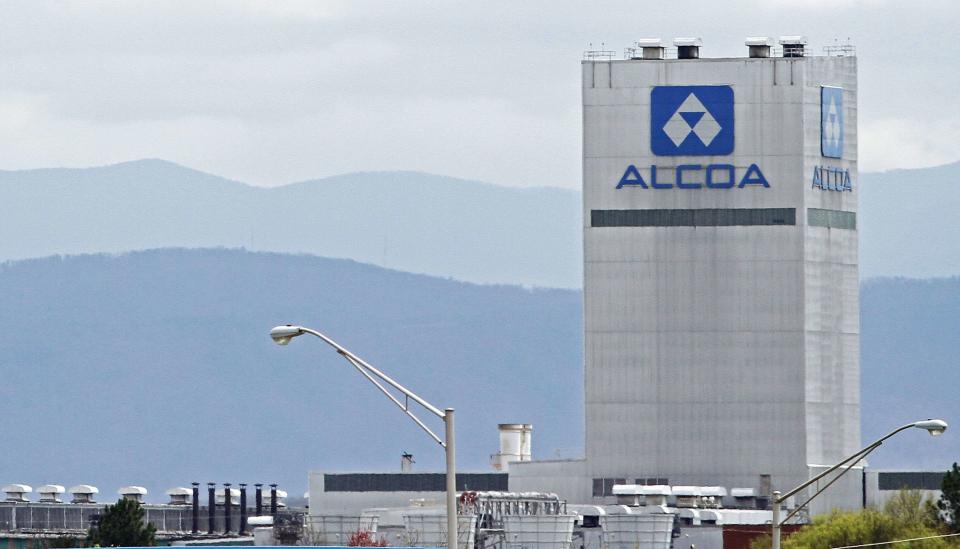The Trump tariffs aren’t working
A year and a half into President Donald Trump’s aggressive experiment with tariffs, it’s worth assessing whether they’ve accomplished what Trump said they would.
The answer, unsurprisingly, is no.
Before explaining why, it’s worth asking a question: Does anybody recall the point of the tariffs Trump has imposed on imports from major trading partners — worth hundreds of billions of dollars?
It’s not to hurt the Chinese economy, or to boost the economies of other low-cost producers such as Vietnam or Mexico. Both of those things are happening, and Trump is bragging about them— but neither development does anything to help Americans.
The stated purpose of Trump’s tariffs is to force more production in the United States, by making imported products more expensive. And with a meaningful amount of data now available, there’s little evidence the Trump tariffs have spurred substantial U.S. production.
‘Paltry’ job creation
Moody’s Analytics recently analyzed the effect of the Trump tariffs on steel and aluminum, which went into effect Jun 1, 2018.
Trump levied a 10% tariff on about $17 billion worth of aluminum imported annually, and a 25% tariff on $33 billion worth of imported steel. Trump hoped that making imported metals more expensive would boost U.S. production and employment in the protected industries.
It didn’t. U.S. steel production was rising before the tariffs, and it rose by about the same rate after the tariffs went into effect, before flattening out in recent months. Aluminum production ticked up after the tariffs hit, but then flattened out as well.
Employment in the protected industries was rising before the tariffs, and those industries have added 16,730 jobs during the 13 months’ of tariffs. Yet Moody’s Analytics calls that number “paltry,” in a total labor force numbering 151 million.
In Gary, Indiana, the city most dependent on steel, only 250 jobs were gained during the 13-month period. Owensboro, Ky., which is most dependent on aluminum, gained just 60 jobs.

Industry stocks tell a more troubling story, with Nucor (NUE) down 15% during the last 12 months, AK Steel (AKS) down 52% and US Steel (X) down 59%. The S&P 500 Index (^GSPC) was up 6% during that time. As for aluminum producers, Alcoa (AA) and Century Aluminum (CENX) are both down 52%.
“The tariffs did not do much for protected industries,” Moody’s Analytics economist Maria Cosma wrote in the July 17 report. “The largest impact has been retaliation from U.S. trading partners, which has particularly hurt agricultural producers.”
China, in particular, has slashed purchases of U.S. soybeans, pork and other farm products, with that trade dispute escalating this year. That has hurt US farm income and threatened Trump’s political support in key rural states.
Trump has boasted about all the revenue taken in from the tariffs. But government figures show the Trump administration has dispersed more in aid meant to compensate farmers for trade difficulties than the government has taken in from tariffs.
There’s a bit of better news. The tariffs also have not dramatically harmed industries that have to pay more for materials because the Trump tariffs have pushed costs up. That includes automakers, who must pay higher prices for steel, aluminum and other newly tariffed products.
Tariffs have also not generated higher than normal inflation, as some analysts predicted. So on the whole, the Trump tariffs have hurt U.S. farmers, who have gotten federal bailouts, without causing much additional harm or good, so far.
When does the winning begin?
Rick Newman is the author of four books, including “Rebounders: How Winners Pivot from Setback to Success.” Follow him on Twitter: @rickjnewman
Confidential tip line: [email protected]. Encrypted communication available. Click here to get Rick’s stories by email.
Read more:
Biden’s health care plan is a potent weapon against Trump
The Democrats need better villains
Everybody running for president is rich
Elizabeth Warren’s best and worst economic ideas
Medicare for all won’t work. This might
Read the latest financial and business news from Yahoo Finance
Follow Yahoo Finance on Twitter, Facebook, Instagram, Flipboard, SmartNews, LinkedIn, YouTube, and reddit.
